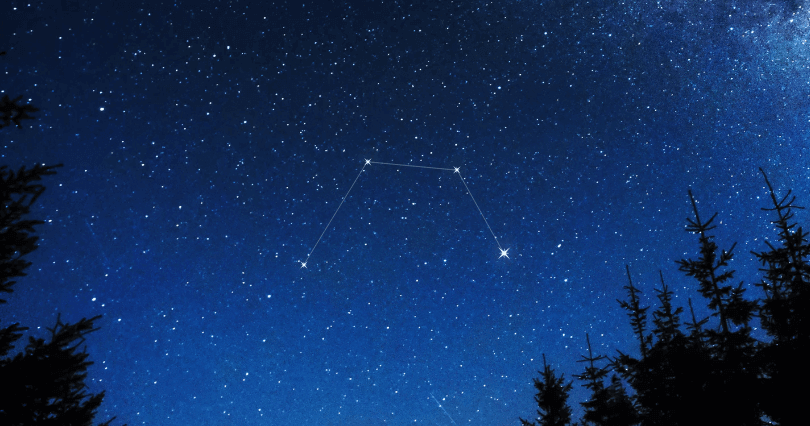Mensa Constellation

One of the darkest known constellations is Mensa constellation, located near the south celestial pole. Mensa has no stars brighter than the 5th magnitude. The name of it means the table in Latin. It lies between Octans, Hydrus, Chamaeleon and Volans constellation, and the best time to spot is around wintertime. North of this constellation you can see the Large Magellanic Cloud. It was not part of 48 then-known constellations by Ptolemy, and it first appeared in Lacaille’s documents on the southern hemisphere constellations that were not known before. Mensa constellations have no connections with Greek-Roman myths, and it carries the name of the Table Mountain in South Africa (Mons Mensa) which was clouded most of the time. The constellation is now known to be part of 88 modern constellations list by the International Astronomical Union. The Mensa constellation lies next to Octan’s constellation, and you can’t spot it from the northern hemisphere. De Lacaille, a famous French astronomer, introduced this constellation as Mons Mensa around the 18th century. He named it after the mountains in South Africa, a place from where he observed the constellations in the southern hemisphere. This location was often clouded, and that it how the Mensa got its name.
How to see Mensa constellation in the sky?
Mensa is the 75th constellation in the size and it is located in the first quadrant of the southern hemisphere. You can see it best from the southern hemisphere at latitudes between +4° and -90°. Constellation is bordered by Dorado, Octans, Volans, Hydrus and Chamaeleon constellations.
Mensa constellation is a part of the Lacaille family of constellations along with Antila, Caelum, Circinus, Fornax, Horologium, Microscopium, Norma, Octans, Pictor, Reticulum, Sculptor, and Telescopium constellations.
Major stars in Mensa constellation
This constellation has two stars with known objects, and there aren’t any meteor showers connected with it. The brightest star in Mensa is called Alpha Mensae, and this is a 5th magnitude star.
Mensa doesn’t contain any stars brighter than the 5th magnitude. The only notable deep sky object it contains is the Large Magellanic Cloud. Large Magellanic Cloud is an irregular satellite galaxy of the Milky Way. It is 163.000 light-years distant from our planet and is the 3rd closest galaxy to our own. It lies next to the galaxies in constellations Canis Major and Sagittarius. The galaxy appears as a faint cloud between Mensa and Dorado constellation, and the largest part of it lies next to the Dorado one. List of Major stars in Mensa constellation:
- α Mensae (Alpha Mensae) – this is the brightest star in Mensa constellations and is a 5th magnitude star. Alpha is 33 light-years distant from the earth.
- γ Mensae (Gamma Mensae)
- β Mensae (Beta Mensae)
- θ Mensae (Theta Mensae)
- μ Mensae (Mu Mensae)
- >ζ Mensae (Zeta Mensae)
- π Mensae (Pi Mensae)
- λ Mensae (Lambda Mensae)
- W Mensae
Mythology of the Mensa constellation
Due to the fact it has been recently discovered, Mensa constellation is not linked to any particular story from Greek-Roman mythology. De Lacaille created it to pay respect to Table Mountain in South Africa, a place from where he observed and documented stars in the southern hemisphere around the 18th century. Mensa constellation contains a part of the Large Magellanic Cloud and thanks to that the constellation is visible and looks like the stars that are captured by the white clouds. The original name of the constellations was Montagne de la Table, and later on, it became Mons Mensa. Herschel, an English astronomer suggested the name of the constellation to be just Mensa, and that proposal was approved and cataloged by Francis Baily in 1845.
Choose your package
-
Lifetime Entry in Star Catalog
-
Guaranteed visible from your location
-
Star Finder app access


-
Free & express shipping available
-
PDF Emailed in Seconds
-
Everything from a Standard Star package
-
Choose a Star Constellation
-
Easier to find in the Sky




-
Free & express shipping available
-
PDF Emailed in Seconds
-
Everything from a Standard Star package
-
Name Two Stars together
-
Extra bright and Unique 2-Star Pair






-
Free & express shipping available
-
PDF Emailed in Seconds



